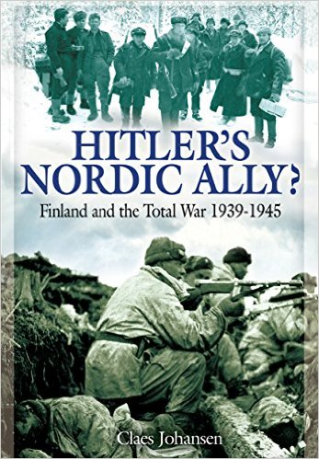That just left the black-haired man. He raised his sword as he saw Chrysteffor running toward him. The prince hoped he would be as lucky wounding him as he was with the other two, but this man seemed faster than the others and much more skilled at fighting. With one quick motion of his sword, he knocked Chrysteffor’s weapon from his hand. Chrysteffor was so determined that he did not stop running and, before his adversary could do anything else, the prince had tackled him to the ground.
I have a chance, thought Chrysteffor, as he saw the other man’s sword fall from his hand. It is just the two of us now, with no weapons.
Boy, time sure does fly when you’re having fun.
It was just a mere two years ago that my first and (until now) only novel, Maximilian and Carlotta Are Dead, was released. For the first several weeks it was available only as a Kindle book. At that point I didn’t even know if there would be a paperback edition. I had been convinced that people didn’t read on paper anymore. But, like Humphrey Bogart looking for the waters in Casablanca, I was misinformed. People did want a paperback. Not everyone, but quite a few. To be sure, the vast majority of copies sold were and continue to be for the Kindle platform. But people who wanted a paper book really wanted a paper book.
So this time I am approaching things differently. I am doing my best to make all or most versions of the book available simultaneously. I get to say when the official release date is, and it is this Saturday (June 11). What I have no control over is how soon physical copies make their way into the distribution channels and start showing up on the pages of the various booksellers’ websites. Ditto the various digital versions, although my experience is that they show up on the online sellers’ sites pretty darn quickly after I click the right buttons. So I am fairly confident that, if you are determined to do so, you will be able to start reading The Three Towers of Afranor on your e-reader device by the end of the weekend. As I said before, I will add links on this page to each of the major sellers once I see the book is available there.
The one laggard, as before, will be iBooks. Apple’s ebook platform is problematic for those of us who don’t happen to have a late model Apple computer to hand, and it’s hard to justify making that seller a priority anyway since, at least as far as I know, I have yet to sell a single copy of Maximilian and Carlotta Are Dead through iBooks.
For those who read their books on paper, I would love nothing more than to recommend you to your favorite local independent bookshop. Sadly, the economics of book selling make that scenario pretty impossible. Instead, if you want a paperback you will have to order it from an online seller who delivers to your location. The obvious place to go, from a worldwide perspective, is Amazon, but other sellers are available, notably Barnes & Noble in the U.S. What if you absolutely prefer to get your copy from Elliott Bay Book Company in Seattle or Powell’s Books in Portland or some smaller shop? Can you have them order it for you? I don’t know. Try it and see. (The book’s ISBN, which will simplify ordering, is 978-0-9904865-3-4.) If they do, I would be interested in hearing about it. My guess is that, if they have a website, they will just tell you to order it on your computer or phone instead, as someone at Barnes & Noble told a friend of mine.
This time around I am also trying to up my social media game. You can see those links off to the right as well. In addition to my Goodreads page and my Twitter feed, I now have an author’s Facebook page and even a Tumblr(!) blog—for those who prefer to visit those places. I will do my best to keep them all up-to-date, but the best and most current place for info will undoubtedly continue to be this blog.
Maybe, before shelling out your hard earned shekels, you would like to know a bit more about the book? That seems reasonable. Give me time to come up with another post.



